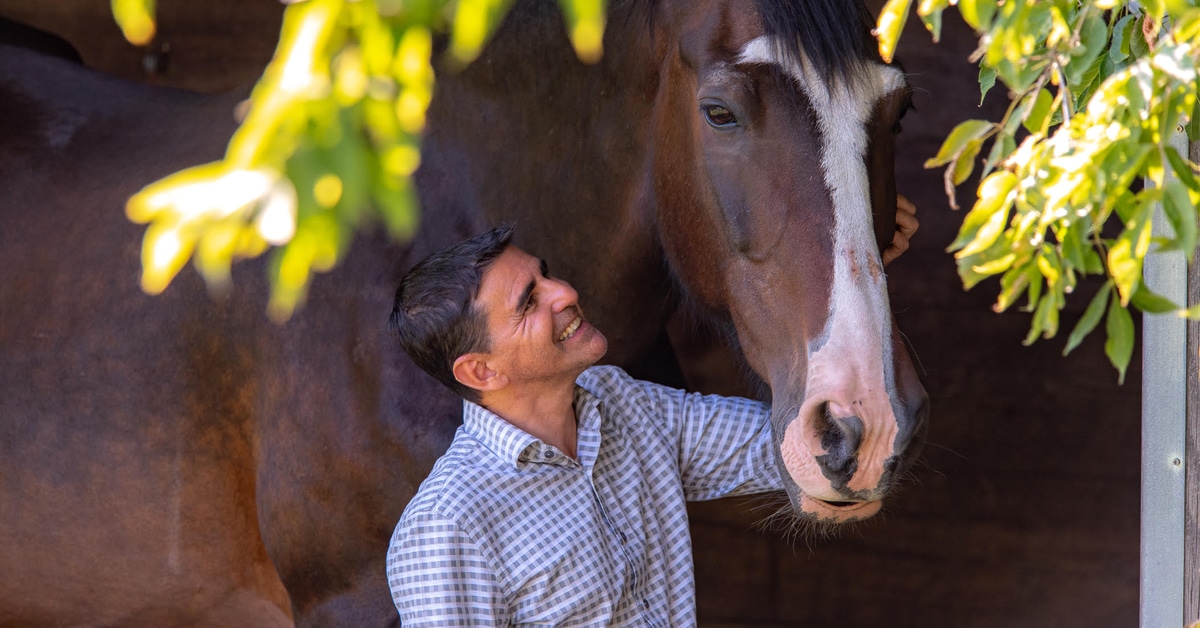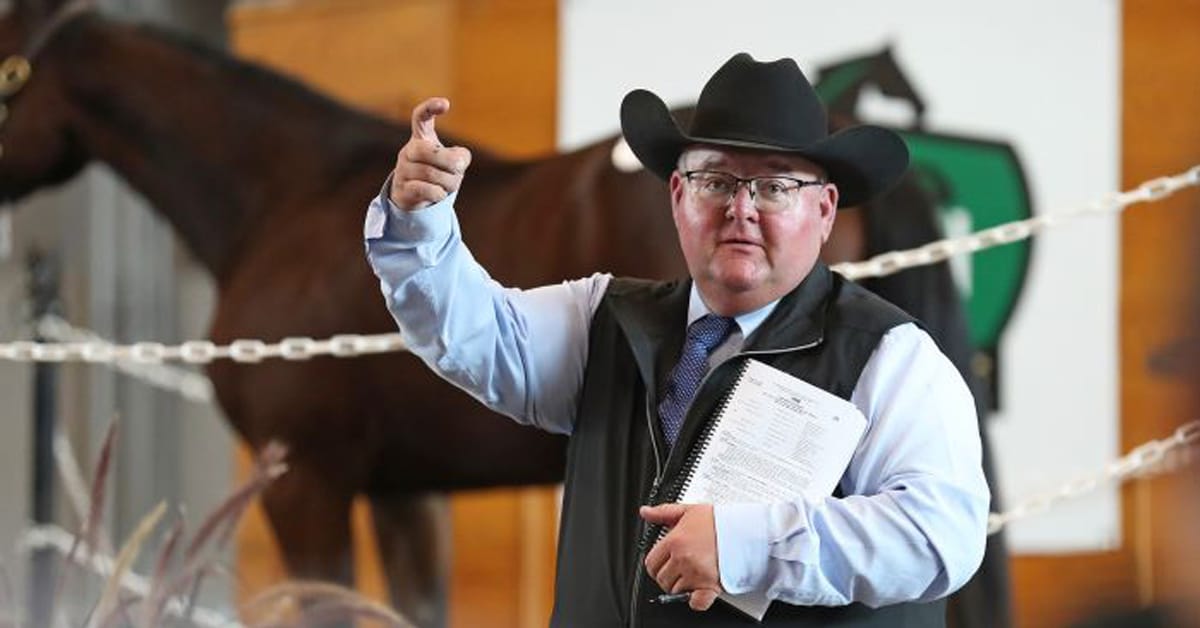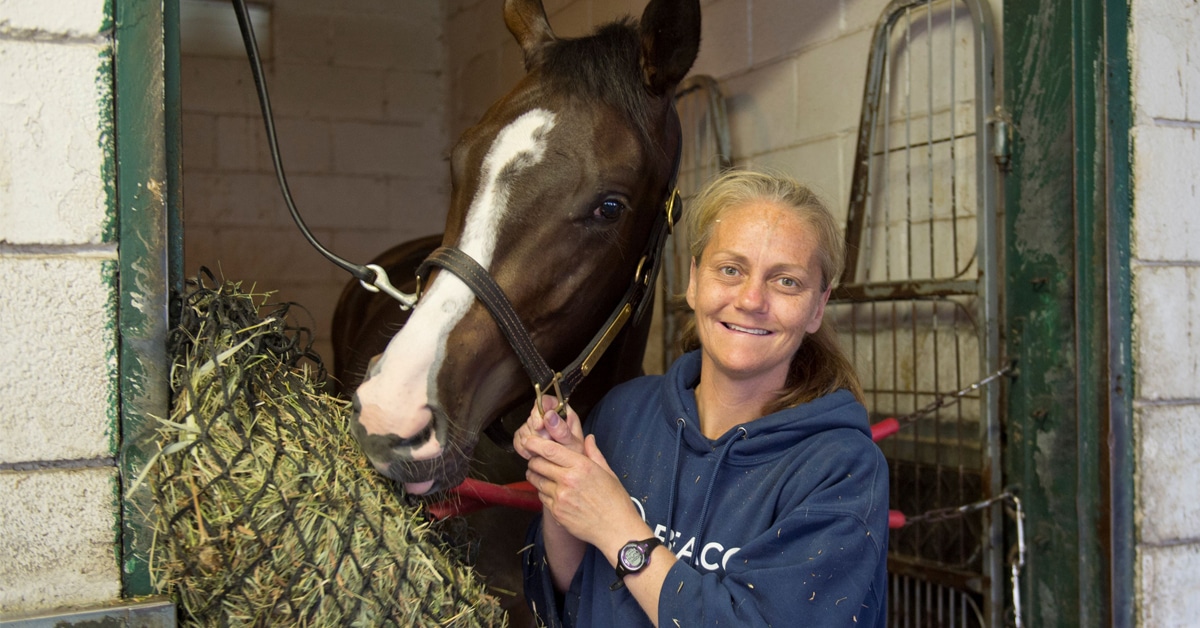In the early 1930s, researchers in the Department of Animal Pathology at the Kentucky Agricultural Experiment Station, namely Dimock, Edwards, Doll and others, together with colleagues at Vanderbilt University, Goodpasture and Randall, performed groundbreaking research on an equine abortion epidemic plaguing the industry. They showed in a series of studies that the causative agent was “filterable,” i.e., a virus, which they propagated in various experimental models, including infected tissue cultures taken from aborted fetuses, grafts on chorioallantoic membranes of fertilized eggs and Syrian hamsters. The specific cause, a herpesvirus, however, was not confirmed until the 1960s.
Equine abortion virus, as EHV-1 was originally called, caused so much damage that vaccination of horses was attempted before the final identification of the virus. The early trials were done with inactivated preparations after virus amplification in hamsters but were controversial because severe local and systemic reactions ensued. What is more, they were not sufficiently effective against abortion storms within the high-density horse populations of Kentucky. Therefore, live virus preparations were introduced soon thereafter in controlled infection programs in mares.
Finally, in the early- to mid-1960s, cell culture adaptation and weakening of EHV-1 strains resulted in the development of modified-live virus (MLV) vaccines, some of which are still in use. It was only in the late 1970s that the planned infection programs were abandoned, thanks to the demonstrable safety and efficacy, albeit limited, of developed vaccines.
In the early 1960’s, two main types of EHV-1 vaccines were developed: inactivated (killed) vaccines and MLVs. Bryans and Doll first described the use of inactivated Ky-D, grown in hamsters, for immunization of young horses. At the same time, in Europe, Mayr and colleagues developed an MLV by repeated passage of virus in cultured cells. Interestingly, nothing much has changed principally in the production of these vaccines to this day.
While MLVs are thought to generally provide stronger protection, they may not be suitable
for pregnant mares or immunocompromised horses; inactivated vaccines are thought to offer a safer alternative for these sensitive groups.
As old as the vaccines themselves is the controversy regarding the efficacy of vaccination against this virus and its close relative, EHV-4, which during their long co-evolution with their natural host have excelled at the art of immune evasion.
The vaccination schedules for EHV-1 varies depending on the horse’s age and the type of vaccine used. Foals typically receive their initial vaccination at five to six months old, followed by booster vaccinations every six months until they reach two years old. Adult horses require booster vaccinations at least every six months to maintain some level of immunity. In pregnant mares, the only vaccine licensed “to aid in the protection against EHV-1-induced abortion” is to be used three times during pregnancy. In the absence of a radically different approach to vaccine formulations, vaccination habits and schedules are unlikely to undergo a major change.
As old as the vaccines themselves is the controversy regarding the efficacy of vaccination against this virus and its close relative, EHV-4, which during their long co-evolution with their natural host have excelled at the art of immune evasion. In other words, EHV-1, like any other herpesvirus, does everything it can to circumvent and trick the immune response. This makes the development of new and more efficacious vaccines inherently difficult. While countless researchers have tried and failed, we must acknowledge that we still (have to) rely on products that are old but have yet to come of age.
It is, however, accepted by many that vaccination against EHV-1 remains a critical component of responsible horse care and occurrence reduction of the most devastating consequences of the infection, equine herpesvirus myeloencephelopathy (EHM) and abortion.
We would like to think that, by incorporating EHV-1 vaccines into a comprehensive preventive health care plan, horse owners and veterinarians can ensure the health and well-being of our equine companions. Although two recently published systematic reviews and meta-analyses of vaccines and vaccination regimes have revealed that confidence in the value of vaccination is low, it remains the consensus that vaccination is an important tool for reducing EHV-1 spread and the severity of clinical signs.
It seems likely we will have to continue to live with the uncertainty as we are, unfortunately, still far away from the astounding efficacies of mRNA vaccine technology which has been used to control COVID-19.
One may argue that these analyses are worrying – and they indeed are. On the other hand, one can refer to data that have shown a clear decrease in EHV-1-induced abortions in areas where vaccination is widely employed, for example in broodmare farms in Kentucky. While the reduction in cases is hardly the result of vaccination alone, it remains part of a comprehensive approach to maintain the (reproductive) health of operations.
Considering these systematic analyses and findings, one has to recommend continuation of vaccination programs, although it would always be better to have clear and convincing evidence of vaccine and vaccination efficacy. It seems likely we will have to continue to live with the uncertainty as we are, unfortunately, still far away from the astounding efficacies of mRNA vaccine technology which has been used to control COVID-19. We must be aware of the past limitations of these vaccines and recognize that vaccine development will continue to have an element of trial and error and remain somewhat unpredictable.
However, it is clearly worthwhile to continue the quest of finding a more reliable vaccine for EHV-1 and to explore new promising technologies. We must ensure that studies to test vaccines and vaccination regimes are informative and properly done. If we are nimble, the hope will stay alive that, one day, we will have irrefutable evidence that one vaccine or another will do what vaccines are supposed to do: prevent clinical disease, and possibly even infection. It must remain our goal to continue towards a solution that puts owners and individuals at ease and instills confidence that horses in our care are protected against EHV-1 infection and its consequences.
~ Dr. Klaus Osterrieder, Professor of Virology, Institut für Virologie, Berlin
The Latest










